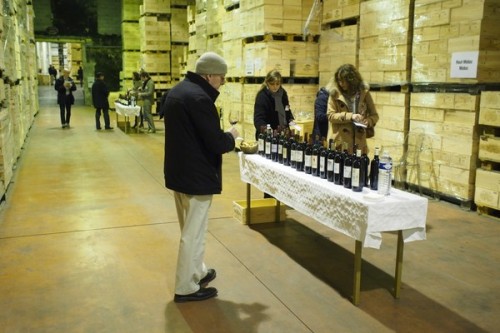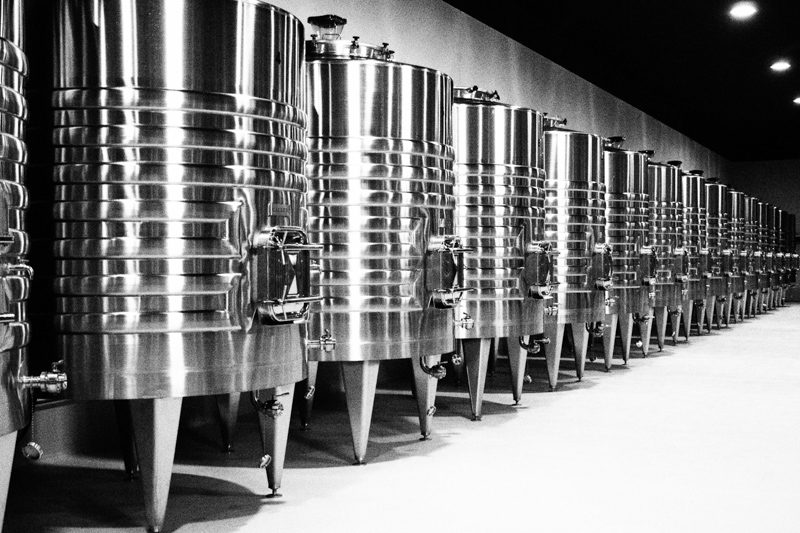
When I was first getting into wine, one of the things that fascinated me most was the 1855 classification of Bordeaux’s Médoc. Coming to wine with little knowledge and no education, I all found it rather daunting. I remember reading Robert Parker’s Wine Buyer’s Guide that a friend had by their toilet, and finding it really useful: here was a way to identify the best wines. But it was the 1855 classification that fascinated me the most: just what I wanted. A clear ranking system. The top Château were divided into five classes of growth, in a sort of pyramid, with the first growths at the top, on the basis of the price that their wines were fetching.
So I began to look through the shops to see whether I could find bottles that represented the various classes of growths. I was very excited to try Château Léoville Barton 1982, because this was a second growth, and it cost the princely sum of £30 (this was 23 years ago; average salaries haven’t doubled, but the price of fine wine certainly has, and more). I tried a 1975 Montrose (another second) that a friend had bought. Most of the Bordeaux I could find wasn’t classed at all, and then there was the right bank which was terribly confusing because it wasn’t included in this classification but still used ‘Grand Cru Classé’ on the label.
The 1855 classification is simply brilliant. It’s a superb marketing tool, and has helped the left bank properties of the Médoc and Pessac-Leognan who are included in it a great deal. But the remarkable thing about it is that it was devised in 1855, when Bordeaux was very different to how it is today. At the time, phylloxera hadn’t hit and the vines were still on their own roots. There was a vastly higher proportion of Malbec being grown there in those days (Merlot was just a minor player), and winemaking would have been quite simple. But even though so much has changed since, the classification still looks pretty good. In part, it’s because it has affected the revenue of each Château, and so it is self-fulfilling because this ability to invest will affect quality. But its enduring nature suggests that it more-or-less captured the quality of the terroirs through the proxy of price.
Should it be revised? In 1973, Mouton Rothschild was promoted to first growth, but this is the only significant change of this type. We know of lower ranking Château such as Lynch Bages and Pontet Canet who really should be up in the second growth level. But one of the strengths about this classification is that it is unchanging, and thus not subject to political wrangling and legal challenge, as has occurred when Saint-Emilion has tried to revise its own classification.
Still, it would be interesting to see what a revision might look like. Liv-Ex have for the last few years been drawing up their own revised classification of left bank Bordeaux properties on the same basis that the 1855 version was established: market prices for the wines. It makes for interesting reading, and with just a few exceptions, you can’t really argue with it. They have also examined the top right bank wines, and the top second wines would fit into this classification, and this also makes interesting reading.
One thing is for sure: if there revision were decided by committee, with a tasting panel, then it would quickly be mired in politics. A tasting panel, even of experts, can make mistakes. Over a long enough period, the market rarely does. So the 1855 Classification stands, and it is the envy of wine growing regions throughout the rest of the world.
Leave a Comment on The 1855 Classification of Bordeaux’s Médoc

